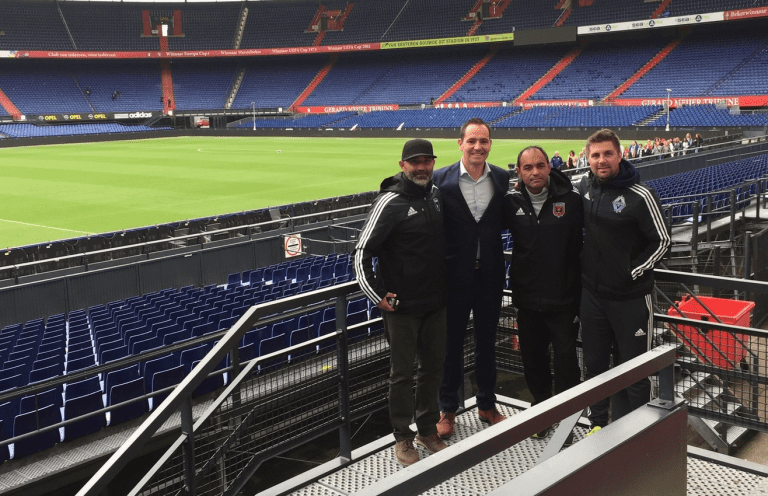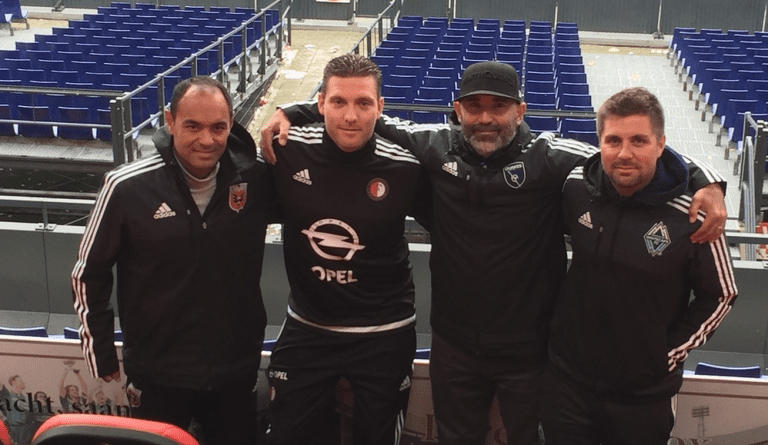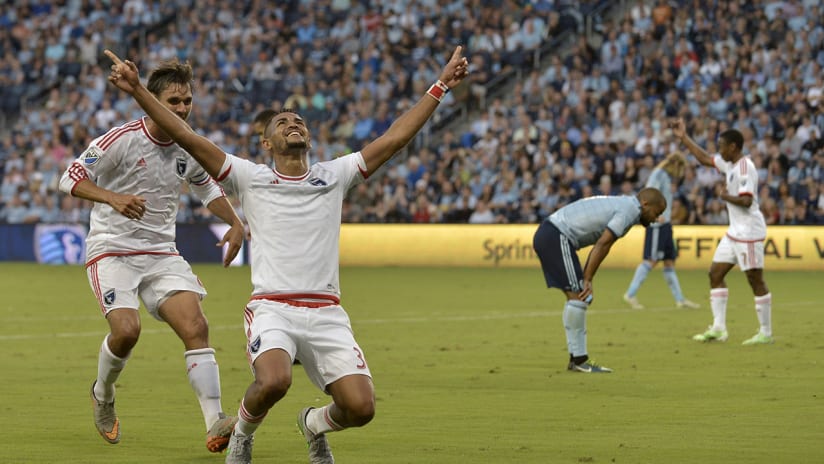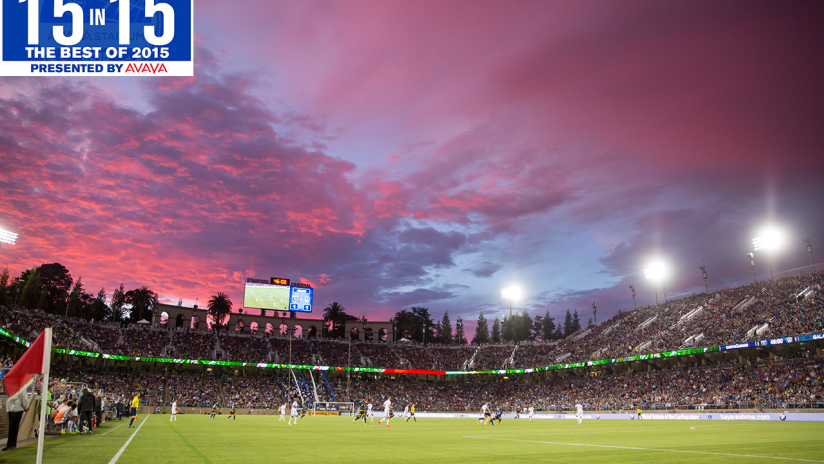How will United States' soccer achieve equal footing with the world's elite?

That question has been pondered from coast to coast for decades, and Major League Soccer is taking a proactive approach in terms of youth player development.
New Earthquakes Academy coach Paul Holocher can attest to that.
Holocher just returned from an unforgettable European trip, when he received instruction at the French Football Federation Clairefontaine national training center and the famed Dutch club Feyenoord Rotterdam. He participated in a two-year-old MLS/FFF program designed to provide elite level training to MLS academy coaches.
"It's a fantastic coaching course," Holocher said. "It takes place over a year. There's some very high-level concepts and on-field sessions; game analysis; and everything possible to help develop as a coach."
During five days at Clairefontaine, a massive facility and the technical center of the FFF, academy coaches received classroom sessions with lectures in theory and the principles of the game from top instructors, Holocher said. Then the coaches brought what they learned to the field, observing training sessions.
The second part of Holocher's trip involved club study.
"We’re all required to do a club study of a high level youth development program," Holocher said. "So myself and two other coaches went to Rotterdam and we studied at Feyenoord, which was another five days and a great experience for us."
Not a bad deal for Holocher, a former Santa Clara University and San Jose Clash player who enjoyed successful head-coaching runs at UC Santa Cruz and Cal Poly.
He has only been with the Quakes academy for about a month.
"To go on this course it throws you right into the thick of it, which is great," Holocher said. "The club study was really fascinating because the club Feyenoord founded its youth program in 1908, so they have over a hundred years on us. You could see just the development, their infrastructure, kind of how they do things; their specialist staff; their training. It's the top youth development program in the world. That's the goal of Major League Soccer over the next 10, 20 years to begin developing youth development programs like this and start developing players that are world-class players."

While emphasizing the whole student-athlete in its approach, the Earthquakes academy is not directly connected with elementary schools and high schools. Clubs do things differently in Europe, which appears to give them an edge.
"Over there one of the biggest differences that I saw was they had custom school programs, so they have a custom school that adapted to the training sessions of the club," Holocher said. "So all the kids in the academy went to the same schools and they would have school at the same time, and then the training at a certain time."
The under-8 and under-12 teams would go to school in the day and train in the evening, and the U-13 and U-19s would train in the day and attend school in the afternoons. So everything worked together.
"That's stuff that's unusual here in America right now, but they've worked with different educational systems over there in conjunction with the soccer," Holocher said.
Of course, Holocher is thrilled to be back with his academy players this week. He loves their dedication.
"What I see is a great bunch of guys, a great bunch of players and young men," he said. "They're very, very committed. Some of the boys are driving two hours to a practice, and they're doing it four days a week. It's a big commitment for them, and they're handling it great. They're there every day at training, working hard, and they're focusing on their school life. I couldn’t be happier with them."




